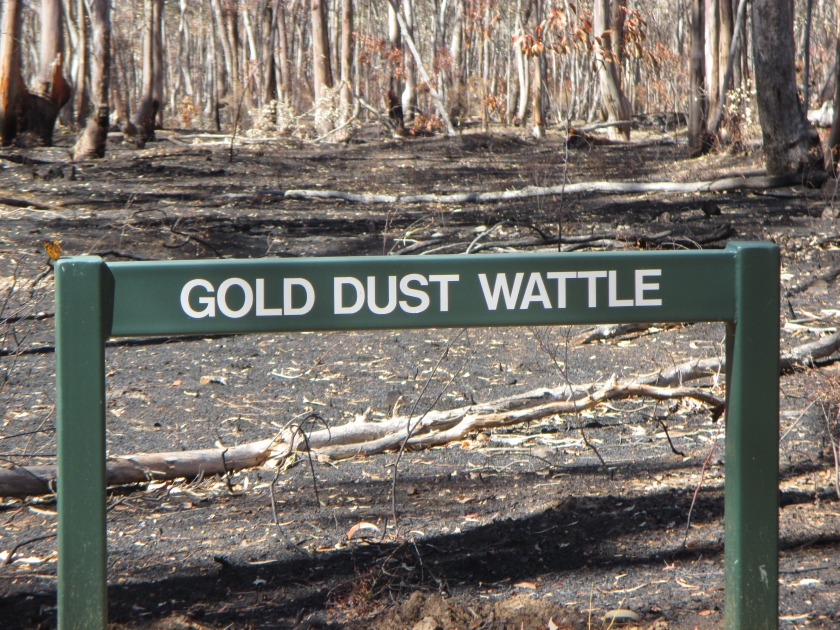The FOBIF committee have been busy campaigning Forest Fire Management Victoria (FFMV) for more sensible measures to reduce bushfire risk in our region. Here is an update of activities in the last six months:
– In January we submitted a Freedom of Information request to FFMV, seeking any
pre-burn biodiversity assessments and fuel hazard assessments they had conducted for planned burns carried out within the Shire since 2021. We wanted to see this information, as it has become clear to us that FFMV collect very little (if any data) to justify their burns, or to prevent impacts to listed threatened species, despite claims
that they do. Since we submitted the request, FFMV have made us modify the request three times, claiming that the request would require too many resources to fulfill, and we have had to limit the request to only three planned burns. We were charged over $300 and are still waiting for the request to be fulfilled. We will keepyou posted on the result!
– On the 25 th of March, we wrote a letter to FFMV raising concerns about multiple
planned burns scheduled for the Shire for this autumn and winter. A lot of the information in our letter came from the Castlemaine Field Naturalists Club (CFNC), who had raised concerns about potential impacts to the endangered Fryerstown Grevillea and Eltham Copper Butterfly. We never heard back and have now sent a follow up letter asking why we received no response. It is our understanding that
CFNC did get a response, but only via phone and not in writing.
At short notice, several on the FOBIF committee attended a meeting that CFNC had arranged with FFMV at a proposed planned burn site at Saltwater Track in Taradale on the 30th of April.

Bewildered butterfly, Maldon Fuel Reduction Burn site, 23 Nov 2014. Photo: Frances Cincottta
At the meeting, FFMV staff admitted that:
o No pre-burn biodiversity field surveys are undertaken by FFMV to map out threatened species.
o Many past FFMV fires have actually increased fuel loads,
particularly if they have been ‘hot’ fires.
o There is usually no monitoring of planned burn sites after 12 months to confirm that the fuel risk has been reduced.
FOBIF have been campaigning on this issue for decades as we believe inappropriate burning to be one of the major threats to our local ecosystems. It is often frustrating work coming up against such a politically motived bureaucracy, but we will continue to hold FFMV accountable. Stay tuned for more updates down the track.




 Click on image for info/order page
Click on image for info/order page Click on image for info/order page
Click on image for info/order page Click on image for info/order page
Click on image for info/order page





















Thanks for your work and for the update FOBIF. Planned burns are so damaging to the forest and to us – and its clear they add to , not reduce our fire risk and our health risk through additional smoke.
History shows, and DEECA’s previous publications admit that box ironbark is not prone to fire. What they are doing is devastating and wrong.